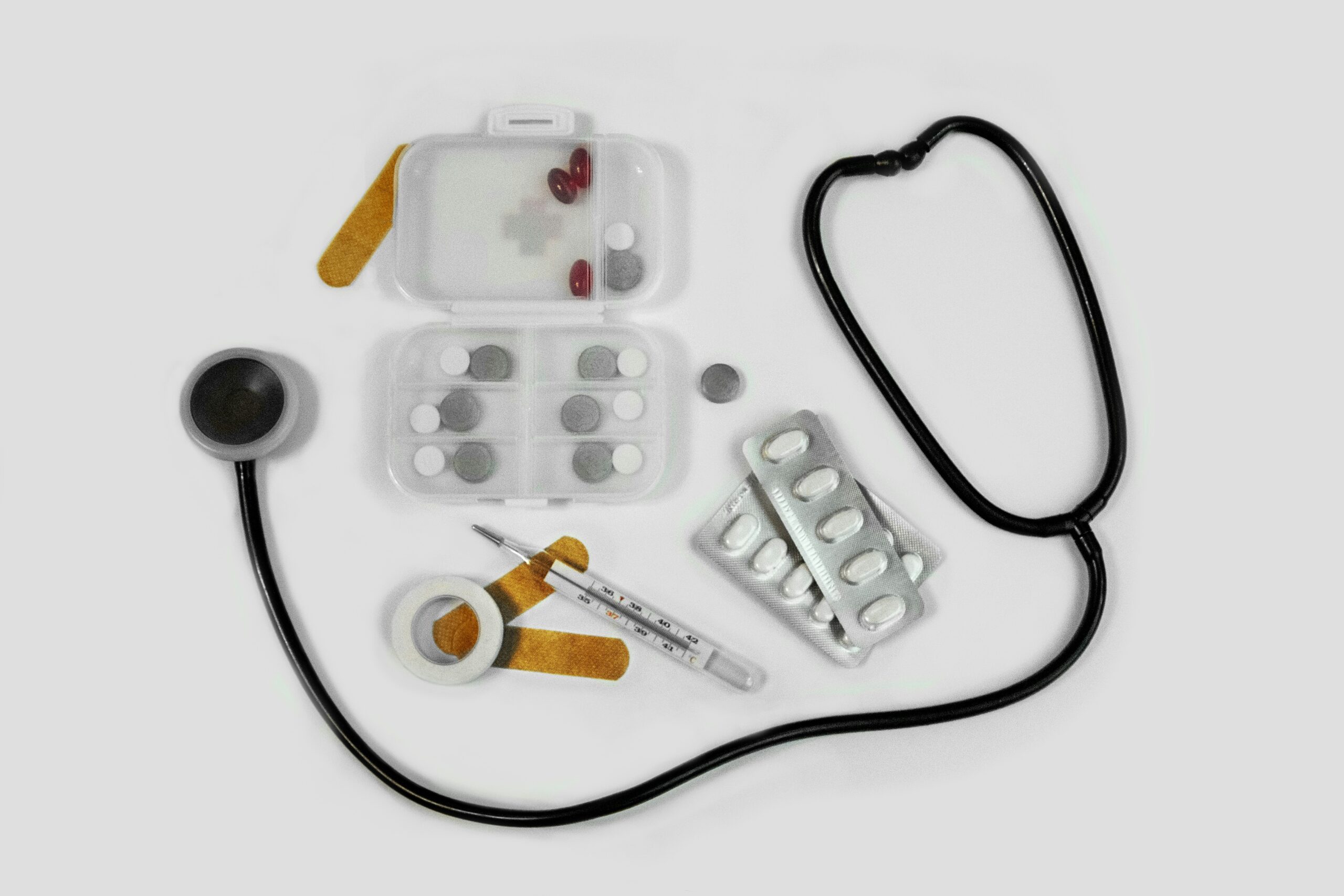Innovations in Sports Medicine for Recovery
Sports medicine has witnessed remarkable advancements in recent years, particularly in the realm of recovery strategies for athletes. These innovations combine cutting-edge technology with scientific research to enhance performance, prevent injuries, and expedite recovery times.
1. Cryotherapy and Cold Therapy
Cryotherapy involves exposing the body to extremely cold temperatures for a short period. This technique is widely used to reduce inflammation, muscle soreness, and promote faster recovery post-exercise.
- Whole Body Cryotherapy (WBC): Athletes enter a chamber where liquid nitrogen cools the air to temperatures ranging from -200 to -300 degrees Fahrenheit. This stimulates vasoconstriction and reduces inflammation.
- Cold Water Immersion (CWI): Also known as an ice bath, CWI helps in reducing muscle soreness and inflammation by constricting blood vessels and flushing waste products out of the affected tissues.
2. Hyperbaric Oxygen Therapy (HBOT)
HBOT involves breathing pure oxygen in a pressurized chamber or room. This treatment enhances the body’s natural healing process by increasing oxygen supply to tissues.
“HBOT can significantly reduce recovery times by promoting tissue repair and reducing swelling in injured areas.” – Dr. John Smith, Sports Medicine Specialist.
3. Wearable Technology
Advancements in wearable devices have revolutionized how athletes monitor their recovery and performance metrics in real-time.
- Smart Fabrics: Clothing embedded with sensors that monitor heart rate, muscle activity, and hydration levels.
- Recovery Compression Gear: Garments designed to improve circulation, reduce muscle fatigue, and enhance recovery after intense workouts.
4. Biomechanical Analysis
Using motion capture technology and 3D analysis, sports medicine professionals can assess an athlete’s movement patterns to identify inefficiencies or injury risks.
“Biomechanical analysis helps in prescribing personalized corrective exercises and techniques to optimize performance and prevent injuries.” – Dr. Emily Jones, Biomechanist.
5. Regenerative Medicine
Techniques such as Platelet-Rich Plasma (PRP) therapy and stem cell injections have gained popularity in treating sports injuries.
- PRP Therapy: Concentrated platelets from the athlete’s own blood are injected into injured tissues to accelerate healing.
- Stem Cell Therapy: Stem cells are used to repair damaged tissues and promote regeneration, potentially reducing recovery times significantly.
Case Study: Using Technology for Injury Prevention
The Seattle Seahawks football team implemented a comprehensive sports science program incorporating wearable technology and biomechanical analysis. By tracking players’ movements and health metrics, they reduced soft tissue injuries by 24% in a single season.
Conclusion
As sports medicine continues to evolve, these innovations play a crucial role in enhancing recovery strategies for athletes. From cryotherapy to wearable technology and regenerative medicine, each advancement contributes to optimizing performance and minimizing recovery times, thereby enabling athletes to achieve peak physical condition safely and effectively.


